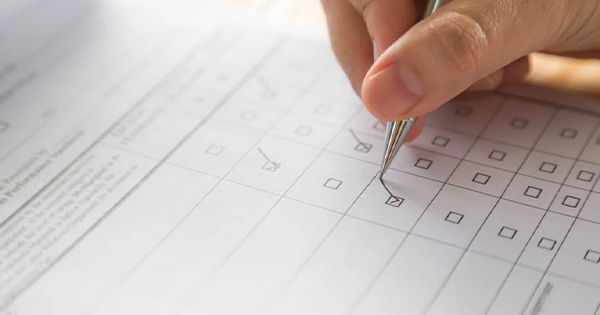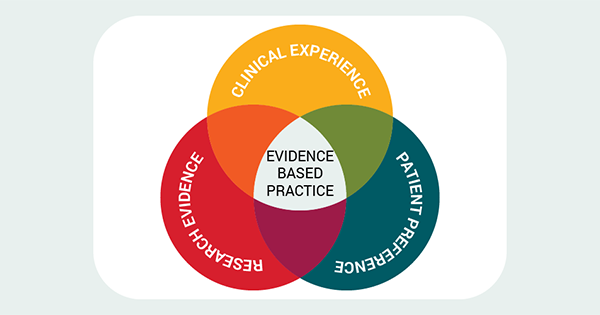In the previous paper in this series (Ellis, 2023) we considered issues of sample selection for focus groups. We identified that the size of the focus group used for a particular piece of research will depend on what is being studied and the personal preferences and skills sets of the researcher.
We identified most focus group samples are purposive; researchers select the sample subjects to reflect the purpose of the study, i.e. those individuals who have experience of the topic being researched. We saw that many samples are chosen because they are convenient for the researcher, but this creates issues for ensuring participation is entirely voluntary and the for the participants being honest in what they say — especially when they know the researcher.
We saw the aim of many qualitative focus groups is not that their findings be generalisable, but rather that they are transferable to other broadly similar groups and situations.
In this, the third paper in the mini-series on focus groups, we will explore some of the more practical issues that need to be considered when undertaking focus group research.
Having a second facilitator
While it is never a good idea to have spectators at a focus group, because they make the participants nervous, a second facilitators is always a good idea because they can do things for the main facilitator, which allows them to concentrate on the on going conversation (Ellis, 2022). For example they can:
- Handle the recording (more on this later)
- Take notes on body language and other interactions the recorder might not capture
- Ensure the participants are comfortable
- Deal with any interruptions.
The second facilitator should not participate in the discussion, but should always introduce themselves at the start of the session so the participants know who they are and why they are there.
Ensure the venue is suitable
There are a few hard and fast rules about a focus group venue thats apply every time, these include:
- Make sure it is somewhere quiet, so participants can hear each other
- It needs to be somewhere where the focus group will not be interrupted
- It should be comfortable enough for the expected duration of the session
- Where possible set the seating in a circle so no one feels inferior to anyone else.
Focus groups may also take place online (Creswell and Creswell, 2018). Similar rules of engagement apply, with the facilitator needing to ensure participants all have a stable connection and can both hear and contribute to the group.
Recording
All focus group interactions should be recorded. How this is done is a matter of preference and may depend on the topic area under discussion. For example, if the topic is sensitive, people may not respond well to a video camera, but may feel more anonymous and likely to open up to a voice recording.
It is always best to test the levels on the recorder before and at the start of any session as capturing what everyone is saying is vital to the whole process. This is usually a role for the second facilitator.
Consent
In many situations consent will be a requirement of ethical approval for a focus group study. Consent is usually better taken in a written form, although some communities or individuals will either not want to do this or will not be able to do it. The researcher and second facilitator may therefore need to explain the research and gain verbal consent before starting any conversation. This description also serves to reiterate the purpose of the focus group and ensures everyone understands why they are there and what is about to happen.
It may be that when gaining consent, the researcher is able to gather some demographic details from participants, e.g. age and gender, which may be used in discussing the make up of the sample and the results of the study.
Introductions
The facilitator and second facilitator obviously need to introduce themselves at the start of the focus group. This should not be a long process and the researchers will need to consider how they should not overwhelm or frighten the participants by lengthy explanation of their achievements to date.
Where participants do not already all know each other, they should all be given the opportunity to introduce themselves and perhaps participate in an icebreaker, maybe saying why they are there or where they are from (Pope and Mays, 2020).
Running the group
The facilitator should have a set of prompts, questions, they use to get the conversation started or to revive it if it appears to be flagging or drifting off of topic. The facilitators also needs to be prepared to ask questions that they have not previously prepared in order to explore topics or gain more detail in relation to the conversation as it emerges.
Prompting questions include asking participants:
- Why do you say that?
- Can you give examples of when that happened to you?
Other strategies include feeding back to people what they have said, not only to gain clarity but to ensure the idea has been captured on the recording and other people have had a second chance to contribute.
The facilitator is not part of the conversation. Their role is to keep the conversation moving and ensure as many of the participants have had the chance to speak as possible. It may be that they have to target specific questions to members of the group who are quiet or if they, or the second facilitator, notice a non-verbal reaction to something that has been said. It is for this reason the facilitator needs to be able to see all of the faces in the group, so they can gain eye contact from time to time.
It is also important, as this is a focus group and not an interview, that the facilitator manages anyone who becomes too vocal and who has, or is in danger of, dominating the conversation. This need not be harsh, but needs to be direct and clear, e.g., by asking ‘what does anyone else think about this?’ or ‘do others agree with what X has just said?’.
Whatever the facilitator thinks or feels about what an individual is saying, the focus group is not the place to challenge them — unless what they are saying is illegal or offensive. Generally the role of the facilitator is to be empathic and to mirror and accept what members of the focus group are saying.
As with any discussion there is always the possibility people may become heated. The role of the facilitator here is to remind the group that their purpose is not to reach a consensus, but to express the diversity of their views.
Wrapping up
If a focus group is scheduled to run for a certain length of time, it is important to stick to that time frame. Facilitators should not abruptly end a focus group mid-flow, but might indicate to the group that the session is coming to an end or that they will need to wrap up in a few minutes.
It is at this time there is an opportunity to ask each member of the group if there is anything they would like to add to the conversation. This provides both a wrap up opportunity and the chance for the more reserved members of the group to offer up an opinion.
It is good practice to provide a short questionnaire at the end for the group members to feedback about their experience of the group and the facilitation.
Once the participants have left the room, the facilitator and second facilitator should discuss and write down any impressions they gained form the group. This may include any themes that emerged or body language they have not noted somewhere already.
Repeating
There are many reasons that a researcher would wish to repeat a focus group, these include:
- Having a slightly different demographic in the room
- Gaining more insight
- Answering a question emerging from an earlier focus group.
Sometime the researcher will have more that one session with the same participants in order to get more detail on the data collected in the first focus group (Pope and Mays, 2020).
Conclusion
This paper has discussed the practical issues of undertaking a focus group as part of a research process. It has identified the need to ensure the venue is suitable for the needs of the participants and the research question. We have seen that the focus group should be supported by a facilitator and a second facilitator to ensure the information from the group is captured fully and that the method of recording needs to reflect the nature of the question being asked.
We have seen that the participants need to give consent and some demographic details need to be captured as well. The paper has discussed how the facilitator enables the conversation between the participants but does not participate and that they have a role in ensuring they understand what individuals in the group are saying and in enabling quieter members of the group to participate.
In the next paper in this series, we will look at the use of observation as a means of data collection for qualitative research, explore how it is done and its pros and cons.






